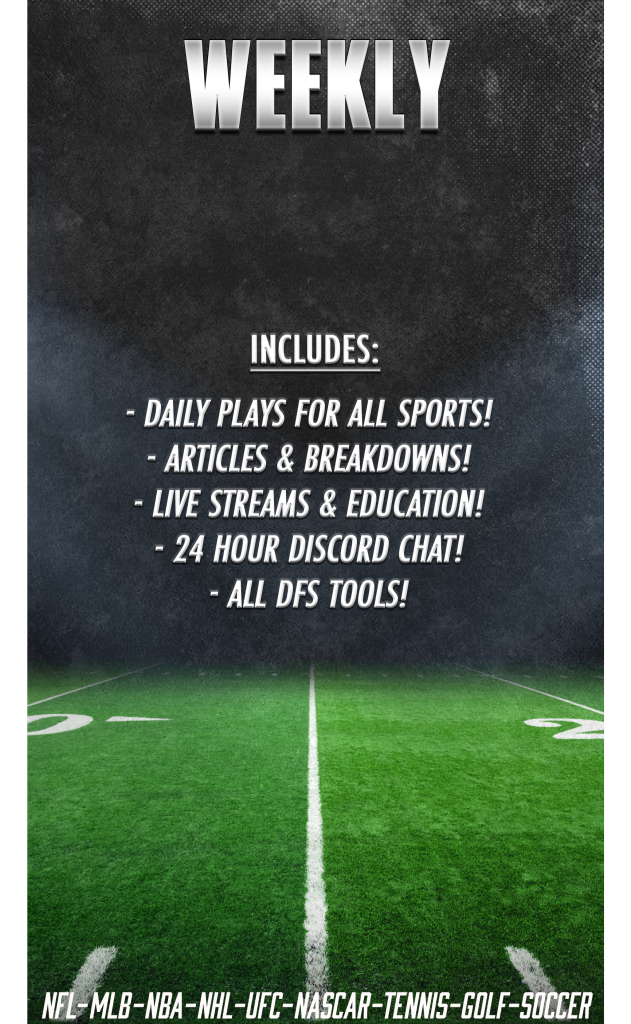- 30-30 Club – 30 home runs and 30 steals
- 40-40 Club – 40 home runs and 40 steals
- Ace – The team’s best pitcher
- Advance a runner- To safely move the runner to the next base
- Ahead in the Count
- Batter – If the batter is ahead in the count, the ratio of balls to strikes is higher.
- Pitcher – If the pitcher is ahead of in the count, the batter is in danger of striking out.
- AL – American League
- ALCS – American League Championship Series
- ALDS – American League Divisional Series
- Assist – Every defensive player who touches the ball receives this in the official scorecard.
- Asterisk – A term used when discussing a record holder with an unfair advantage in attaining the record.
- At the letters – A pitch that is as high as the letters of the team name on the batter’s chest.
- Attack the strike zone – Refers to a pitcher that is aggressively throwing stikes and not trying to trick the batters.
- Back Door Breaking Ball – Refers to a ball that has lateral movement, typically a breaking pitch ( Curve, Slider, Cut fastball) that crosses through a small section of the strike zone on the back corner.
- Bag – A base
- Balk – A pitcher’s movement that is made to deceive the baserunner.
- Ball – A pitch that is outside the strike zone
- Barrel – A metric that looks at the times a batter hits the ball at certain angles with certain exit velocities.
- Base Knock – A single
- Bases Loaded – There is an offensive base runner at each base.
- Base runner – When an offensive player has safely reached base
- Bat Around – This means that all nine players in the offense have made a plate appearance.
- Batters Box – The rectangle on either side of home plate that the batter has to stand in while it is his turn to bat.
- Batting Average (BA) – The average number of hits per at bat
- BB – Walk
- Bender – Curveball
- Big inning – The offensive team is focused on scoring runs by hits and home runs.
- Bleeder – a weakly hit ball that goes for a single
- Block the Plate – When a catcher puts his leg, foot, or whole body between home plate and the runner.
- Blooper – A weakly hit fly ball that typically drops in between the infield and outfield resulting in a single.
- Blow a game – To lose the game after having the lead
- Blow a save – As a relief pitcher coming into the game and losing the lead.
- Bonus Baseball – Extra innings
- Bottom of an inning – Second half of the inning when the home team is batting
- Bullpen – Area of the field where the pitchers and catchers warm up when play has begun
- Called up – A player in the minor leagues who was brought to join the MLB lineup. Usually, to replace a player who was sent down or put on the disabled list.
- Catcher Interference – When the catcher causes the batter not to be able to swing at a pitch
- Changeup – A pitch made to look like a fastball but with less velocity
- Charging the mound – When a player charges the pitcher to start a fight
- Check swing – The batter stops his swing mid-swing, not to cross home plate. The umpire can call it a strike if he fails to stop it.
- Clean-up hitter – The fourth batter in the lineup who is considered a power hitter
- Closer- is a relief pitcher who typically comes in to close or finish the game.
- Corked Bat – A bat in which an illegal material, most likely cork, or something less dense, was placed inside the bat to gain an unfair advantage
- Corner Outfield – An outfielder who plays left or right field.
- Cornerman – an infielder who plays first or third base.
- Count- the number of strikes and balls against the offensive player whose batting.
- Crowd the Plate – When the batter stands extremely close to the plate
- Curve – A pitch that curves or breaks from a straight or expected path
- Cut Fastball / Cutter – A fastball that has lateral movement
- Dead Ball – The ball becomes dead, and play stops if there is fan or player interference or a foul ball
- Designated Hitter (DH) – A player who permanently hits instead of a defensive player, typically the pitcher.
- Double – A hit where a player safely makes it to second base.
- Double Play – When the defense records a play where they get two offensive players out.
- Earned Run Average (ERA) – Earned runs given up by the pitcher in nine innings pitched. An ERA is determined by dividing the number of earned runs allowed by the number of innings pitched and multiplying by nine. Runs resulting by a defensive error are not calculated in this.
- Ejected – The umpire can eject A player or coach from the game for unsportsmanlike conduct.
- Extra Bases – Doubles, triples, and home runs are examples. A single is not considered an extra base hit
- Fan Interference – When a fan alters the game, the ball will become dead, and the umpire will make a judgment call on awarding bases or calling an out.
- Fastball – A pitch thrown for velocity, not movement
- Fielders Choice (FC) – The fielder choosing to throw the ball to another base other than first to get an out. The batter is not credited with a hit, but an at-bat.
- Foul Ball – A ball that falls into foul territory
- Foul Lines – Two white lines that stretch from the home plate to the outfield. Indicating what is foul and fair
- Gap – Space between outfielders
- General Manager (GM) – Runs the organization of the baseball team.
- Go-Ahead Run – The run that puts a from team behind or tied into the lead.
- Go Down in order – When the defense does not allow a single batter on base in a half-inning.
- Gold Glove – The player chosen as the best in his league at fielding his position is given the Golden Glove Award.
- Grand Slam – A homerun with the bases loaded.
- Greenlight – permission from the coach for a batter or runner to be aggressive.
- Ground Rule Double- A ball hit in fair territory and bounces over a wall or fence. The batter is automatically awarded second base.
- Hit and Run – A designed play where the runner starts to steal the base as the pitch is thrown, and the batter must swing, trying to swing for a base hit.
- Hit by a pitch – When a pitch hits the batter in the batter box.
- Hit for the Cycle – When a batter hits a single, double, triple, and a home run in the same game.
- Hitters Count – When the batter is way ahead in the count. Examples are 3-0 3-1 or 2-0.
- Infield Fly Rule – When there are less than two outs, and the batter hits an ordinary fly ball in the infield, and there are multiple runners on base, an infield fly is called giving the defending team the automatic out. This is in place to keep fielders from intentionally letting the ball fall to the ground and recording multiple outs.
- Inherited Runner – Runners are on base when a relief pitcher takes over.
- Injured List (IL) – Players can be removed from the active roster and placed on this following an injury.
- Inside the park Homerun – When a batter scores a homerun without hitting the ball out of play.
- Insurance Run – Run scored by a team already in the lead.
- Intentional Walk- When a pitcher walks the batter on purpose.
- Inter-league Play – Regular season games between teams in different major leagues.
- Launch Angle – The angle with respect to the ground at home, which the ball leaves the bat.
- Leadoff Hitter – The first batter listed on the team’s lineup card.
- Left on Base (LOB) – A baserunner who is left on base at the end of the half of an inning.
- Manfred Man – The runner placed on second base to start in extra innings. This rule began in 2020.
- NL – National League
- NLCS – National League Championship Series, the final round of league playoffs
- NLDS – National League Divisional Series, the first round of league playoffs
- No Hitter – A game in which the pitcher does not give up a single hit.
- On Base Percentage (OBP) – Percentage of plate appearances where a batter reaches base for any reason other than an error
- Passed Ball – When a catcher fails to control the pitch. Typically ending up behind him, allowing the base runners to advance.
- Perfect Game – When a pitcher doesn’t allow a single offensive player to reach first base.
- Pinch Hitter – Substitute batter, typically brought in a critical moment of the game.
- Pinch Runner – Substitute runner, typically brought in critical moments.
- Pine Tar – Sticky substance that batters typically put on their bat.
- Pitch Count – How many pitches the pitcher has thrown so far in the game.
- Quality Start – When a pitcher goes at least six innings and gives up three earned runs or less, even in a loss.
- Rainout – A game canceled due to rain.
- Rain Delay – A game that gets delayed due to rain. The game can either resume later or be pronounced final or scheduled for the next day.
- Runners in Scoring Position (RISP) – When a runner is on second or third
- Run Batted In (RBI) – A run scored as a result of a hit, bases loaded walk, hit by pitch with bases loaded, a sacrifice, or a fielder’s choice with only one out.
- Run – A player who safely reaches all bases and scores
- Sacrifice Bunt – A bunt that is performed to deliberately move runnings into scoring position.
- Save (S) – A relief pitcher successfully keeping a lead until the end of the game. They must have one of these three factors
- Comes into the game with a lead no more than three runs
- He comes into the game with the potential tying run being on base, up to bat or on deck.
- He pitches effectively for the last three innings after entering the game with a lead and finishes the game.
- Shift – When all the infielders and/or outfielders position themselves in a clockwise or counter clockwise position. They do this to anticipate where the ball will be going.
- Stolen Base – When the baserunner successfully advances to the next base, during the pitcher’s delivery.
- Triple Crown – A batter who at season’s end leads the league in three major categories, Home runs, runs batted in and batting average. Or a pitcher who leads the league in earned run average, wins and strikeouts charged with an automatic strike
Post Views: 403




